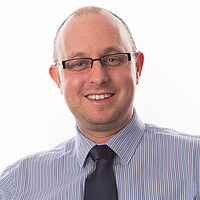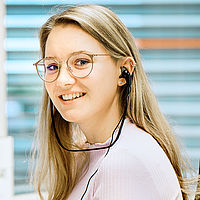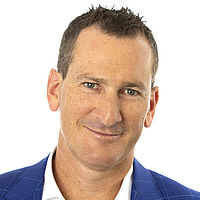An avant-gardist digital dictation solution
The facts
The customer
Goüin Hospital, Clichy, France
Visit the website ›
Philips partner
Dicma
Visit the website ›
The solution
SpeechAir Smart Voice Recorder
Visit product page ›
SpeechExec Enterprise Dictation and Transcription Solution
Visit product page ›
The Goüin hospital in Clichy has scrapped its analogue medical file recording methods for an innovative digital solution. A choice dictated by the need to optimise exchange between physicians and secretaries. Encounter with Pierre Pacini, in charge of the north Parisian healthcare establishment's information system.
Within its information system, your establishment has integrated the Philips SpeechAir, a brand new connected dictation recorder, together with the new SpeechExec Enterprise dictation and transcription software integrated by Dicma. What needs have you satisfied via this choice?
Our doctors had been using dictation recorders with analogue cassettes for years. Use of such devices had become less and less adapted to suit the hospital's operational mode, for cassettes needed to be replaced regularly and handing those over to secretaries required physical staff movement. The system no longer suited us. Last year, during the Paris Healthcare Week, I discovered Philips' connected dictation recorder, which combines the ease of use of a smartphone and the ergonomics of a dictation recorder, over a system adapted to suit the healthcare environment. Hence our choice for this radical and innovative solution.
What is the scope of your project?
We have equipped all of our physicians and have installed the dictation software on all secretary terminals.
How did your experience integrating this digital solution within your information system?
Integration and configuration were both fast and simple. It is a lightweight solution- all you need to do is use the Philips virtual server and to install the dedicated program – which is also equally simple to administrate. Dictation device management is also facilitated.
What about user induction?
That was fast too, thanks to the ergonomics of the dictation recorder and to the dictation software. A half-day training session was enough for both physicians and secretaries. Then, over successive trials, we intervened on a case-by-case basis to correct inappropriate use, such as incorrect dictation transmission for example. In just a month and a half, the system was fully operational, without revolutionizing the working habits of our physicians and secretaries. Much to my surprise, since we were used to an analog system, this radical change to a digital solution was made without a hiccup.
What advantages does this system offer the hospital?
Feedback, both from physicians and from secretaries, is highly positive. The former can stay put and prepare their report without leaving their care department or their office. Correspondence is sent directly to the secretary by WiFi, without passing by a computer. It's a fast and safe solution. There's no longer any need to physically change places to renew cassettes and no concern about having to repeat a recording if they are lost, nor on having to struggle with a poor quality analogue recording on a damaged tape. Secretaries appreciate dictation sound quality and the ease with which they can repeat listening. Furthermore, in the case of staff replacement, file sharing, sorted by physician, is largely facilitated. This innovative solution enables secretarial organisation to be optimized and medical report capture to be pooled. It saves time for physicians and offers them flexible use with the advantages of both a smartphone and a dictation recorder.
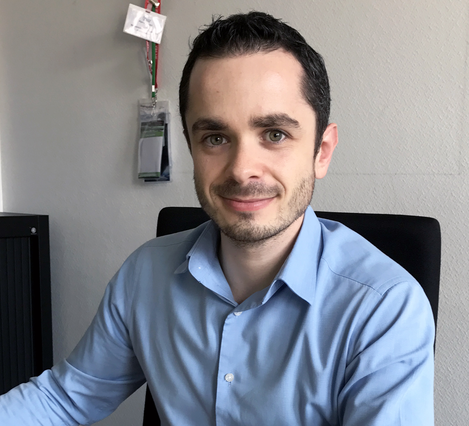
“
This innovative solution enables secretarial organisation to be optimised and medical report capture to be pooled. It saves time and offers flexible use with the advantages of both a smartphone and a dictation recorder.
Pierre Pacini
Information system manager, Goüin Hospital, Clichy
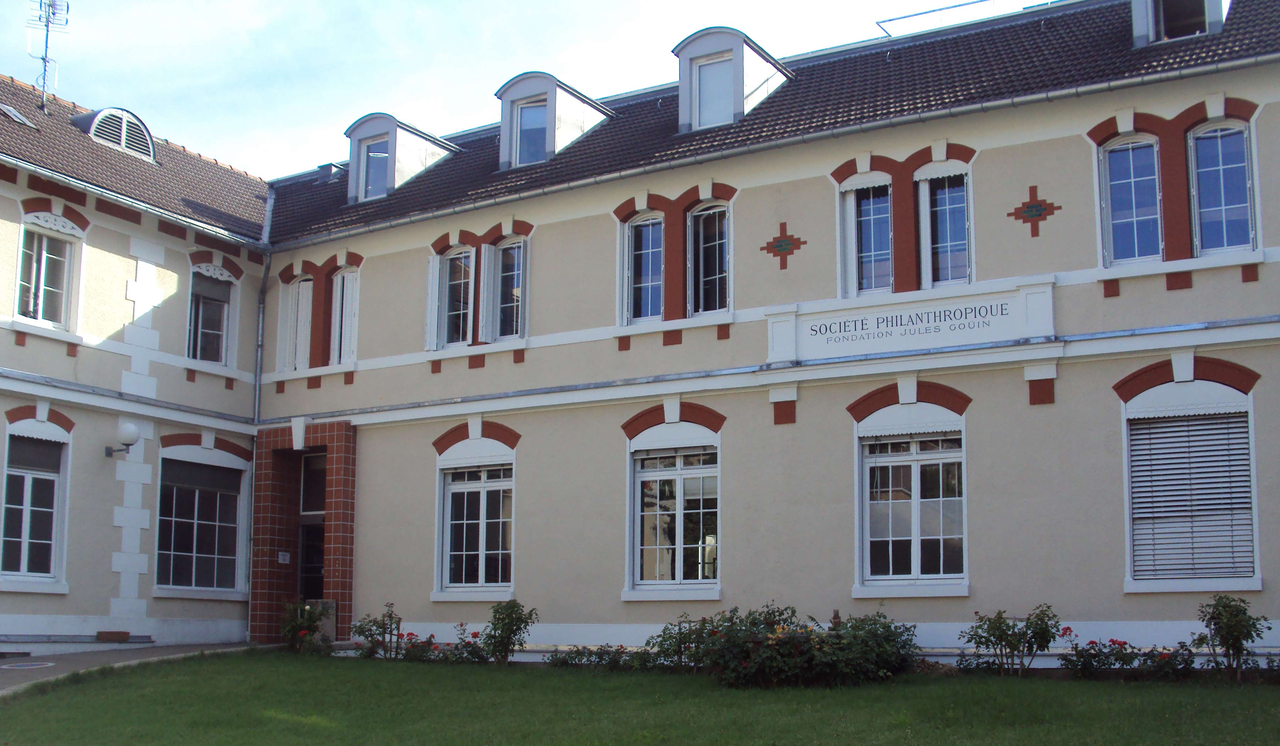
Do you have other prospects for its use?
We plan to integrate 'patient list' management to the SpeechAir dictation application to enable physicians to associated patient identity with dictated texts. We are also studying the use of speech recognition, for external consultations for example. If we deploy the project, it will require coaching for our secretaries to help them accept this new type of automated transcription.
What coaching have you already been provided with?
The project was jointly coordinated by Philips and its partner company Dicma, who commercialise and integrate the system. They assisted us to qualify our specific needs, to implement the solution within the hospital's existing information system and to accompany future users. They adapted their approach to suit our needs and offered post-installation follow-up to make sure everything was working well.

